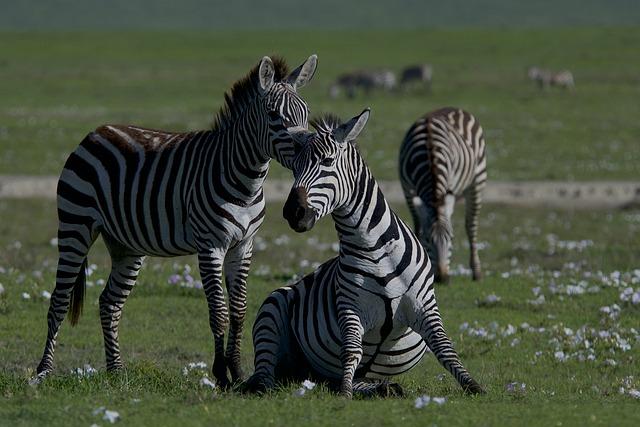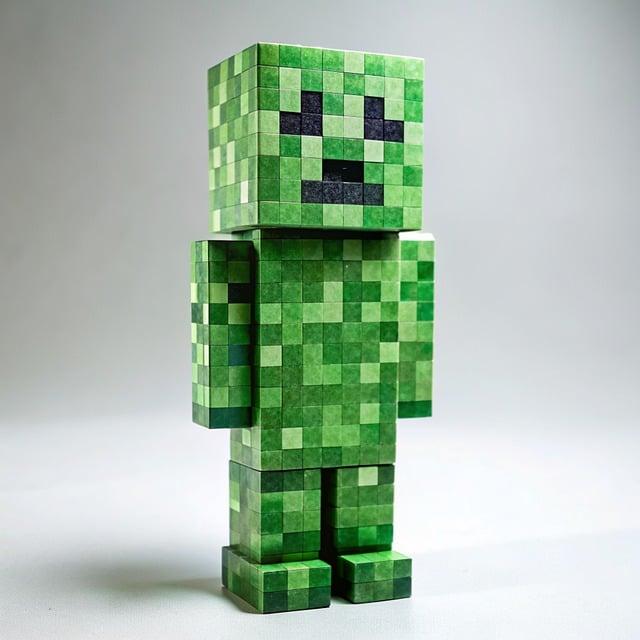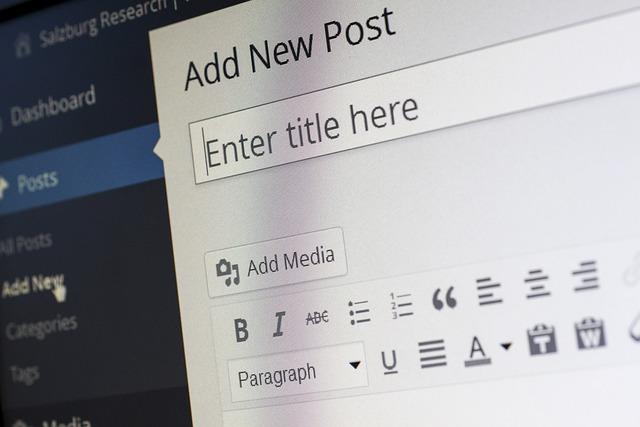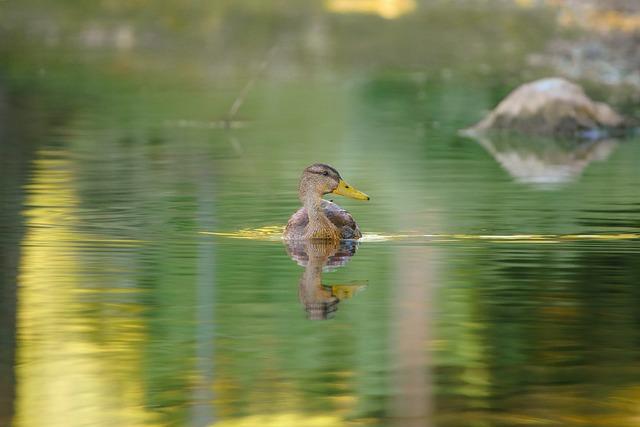In the ever-evolving world of YouTube gaming content, Minecraft creators are facing new challenges and restrictions with changes to the end user license agreement and commercial guidelines. In the YouTube video titled “”, these changes and their implications for streamers and content creators are discussed in detail. From restrictions on using the word “Minecraft” in video titles to limitations on using Minecraft assets in certain ways, the landscape for content creators is shifting. Stay tuned as we delve into the implications of these changes and what they mean for the future of Minecraft content on YouTube.
Content Creator Concerns in the Minecraft Ecosystem
YouTube Title Concerns
As of the recent updates to the YouTube Commercial Guidelines, Minecraft content creators must adhere to specific restrictions. One significant constraint is the prohibition of using the word “Minecraft” as the primary title of videos. This means that creators can no longer use titles such as “Minecraft: The Ultimate Helper App,” which would now be considered inappropriate.
Other Content Restrictions
The updated guidelines also limit creators’ ability to monetize their content behind paywalls or use Minecraft assets like logos and fonts to promote mods, servers, or worlds unrelated to Minecraft. Furthermore, Minecraft servers must be appropriate for all ages and include a disclaimer stating that they are not official Minecraft products. These restrictions emphasize the importance of staying informed about the latest guidelines to avoid potential violations.
New Guidelines and Restrictions for Minecraft Content on YouTube
Title Restrictions for YouTube Minecraft Content
Minecraft’s updated User License Agreement and Commercial Guidelines bring significant changes for content creators on YouTube. One notable restriction is the prohibition against using “Minecraft” as the primary title of videos. This means titles like “Minecraft: The Ultimate Guide” and “Minecraft: The Best Servers” are no longer permissible.
Additional Content Restrictions and Requirements
Beyond title restrictions, several other guidelines have been implemented. Creators can no longer gate content behind memberships or paywalls or use Minecraft assets (e.g., logos, fonts) to promote mods or servers. Servers must be open to all ages and include a disclaimer stating they are not an official Minecraft product. These changes underscore the need for gaming content creators to be mindful of the terms and conditions set by game companies.
Implications for Streamers and Podcasters
Minecraft’s recent updates to its user agreement bring forth several implications for content creators. Streamers and podcasters must now adhere to revised guidelines that limit their usage of the trademark ”Minecraft” and its assets. For instance, video titles can no longer primarily feature the word “Minecraft.” Additionally, hosts can no longer charge for exclusive content access or use Minecraft logos and fonts to promote unofficial mods, servers, or worlds.
These changes serve as a reminder that content creators rely heavily on the platforms they utilize. As gaming companies update their policies, creators must adjust and adapt accordingly. It’s crucial to stay informed about such updates to avoid potential penalties or copyright infringement issues. Table below summarizes these key changes for content creators on YouTube:
| Change | Implications |
|---|---|
| Restriction on using “Minecraft” in video titles | Titles must be rephrased to avoid primary use of the trademark. |
| Ban on paywalled content | Exclusive or members-only content cannot be monetized. |
| Limited use of Minecraft assets | Logos and fonts cannot be used to promote unofficial entities. |
| Regulations for Minecraft servers | Servers must maintain an all-ages policy and include a disclaimer. |
Minecraft creators on YouTube face significant challenges with recent changes to user license agreements and commercial guidelines. Notably, content creators can no longer use “Minecraft” as the primary title of their videos, which may impact their discoverability and audience reach.
Prominent Changes
| Aspect | Change |
|---|---|
| Video Titles | Minecraft cannot be used as the primary title |
| Paid Content | Content cannot be paywalled behind memberships |
| Minecraft Assets | Logos and fonts cannot promote non-Minecraft items |
| Servers | Must be accessible to all ages with clear disclaimers |
A: The video discusses the recent changes to Minecraft’s end user license agreement and commercial guidelines, specifically how these changes affect content creators on YouTube.
Q: Can content creators on YouTube still use the word “Minecraft” in the title of their videos?
A: No, content creators can no longer use the word “Minecraft” as the primary title of their videos. They have to find alternate ways to title their content.
Q: What are some examples of titles that are no longer acceptable under the new guidelines?
A: Examples include “Minecraft the ultimate help app” and “the shaft a Minecrafters podcast.” Creators have to be creative in finding new titles that don’t violate the guidelines.
Q: Are content creators allowed to put their content behind a members-only paywall?
A: No, content creators are no longer allowed to put their content behind a paywall for members-only access. This includes any content related to Minecraft.
Q: What is the rule regarding the use of Minecraft assets like logos and fonts?
A: Minecraft assets such as logos and fonts cannot be used in ways that promote mods, servers, or worlds that are not related to Minecraft.
Q: What is the importance of following these guidelines for gaming content creators?
A: It is important for gaming content creators to adhere to the guidelines set by companies like Minecraft, as they have the power to dictate what is acceptable content on platforms like YouTube. It is essential to stay updated on any new changes that may affect their content creation.
The Way Forward
As we delve into the ever-evolving world of Minecraft and YouTube content creation, it becomes clear that creators must adapt to the changing landscape of rules and guidelines set forth by game developers. The recent updates to Minecraft’s end user license agreement and commercial guidelines have sparked a wave of changes for content creators, impacting everything from video titles to the use of Minecraft assets.
It’s a reminder that as creators, we must be mindful of the boundaries set by the companies whose games we feature in our content. The future of Minecraft on YouTube may be uncertain, but one thing is for sure – we will continue to navigate these challenges and keep you informed as things progress.
Let’s stay tuned and see how the evolution of Minecraft on YouTube unfolds. Until next time, happy crafting and creating!






